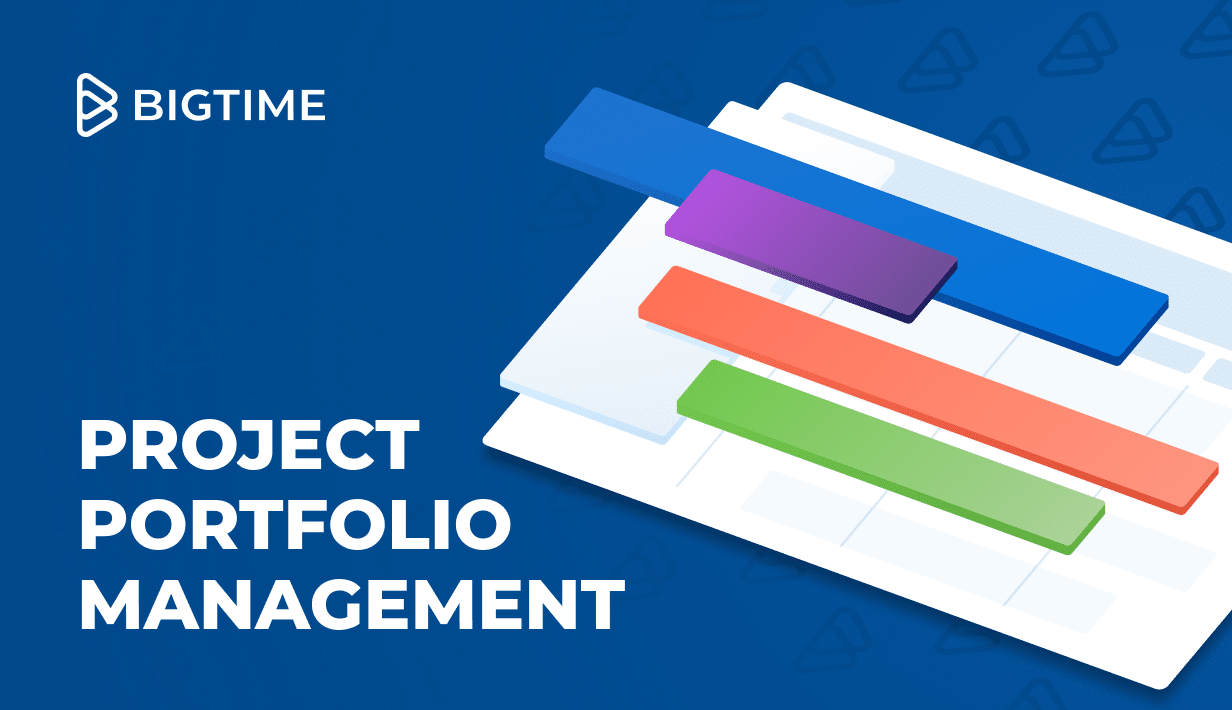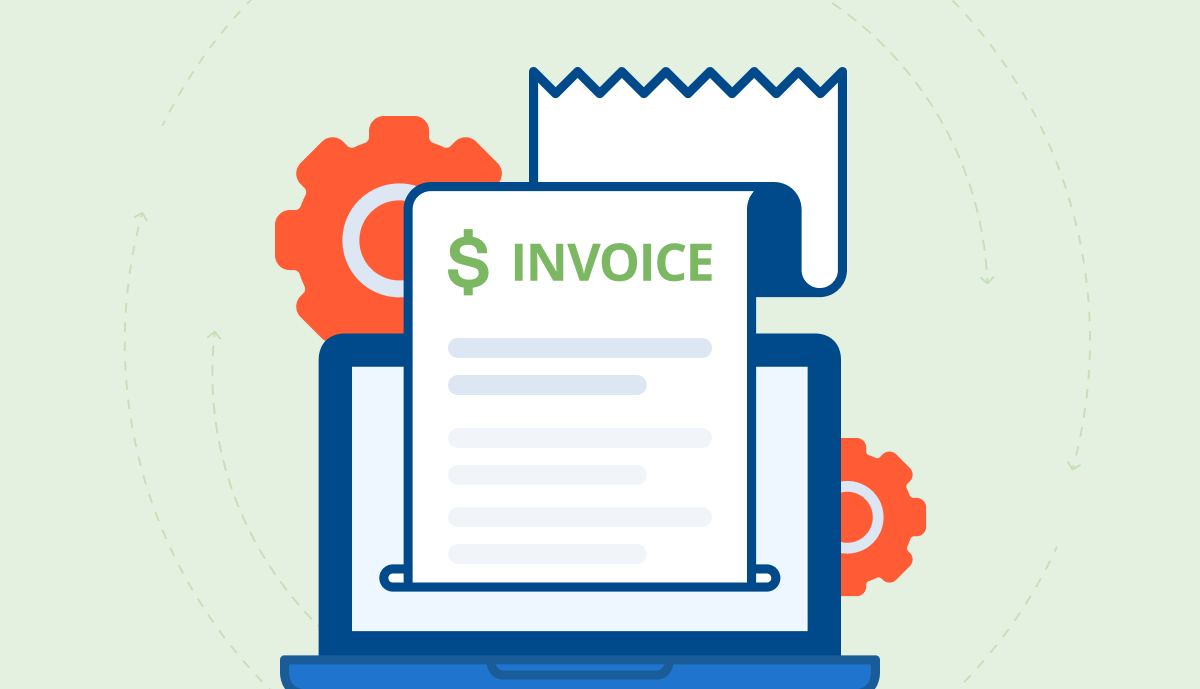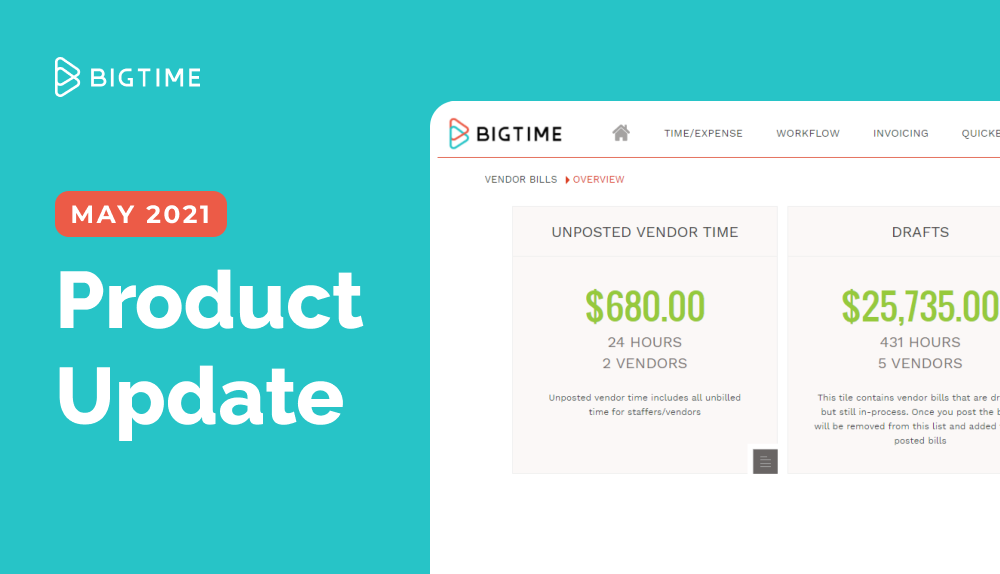Dozens of projects, even more project proposals, and rapidly expanding financial management – those are just a few challenges project managers need to face while tackling multiple projects at once. Fortunately, project portfolio management is the answer to all of them
What’s in this article?
- What is project portfolio management?
- What’s the difference between project portfolio management and project management?
- What are the benefits of project portfolio management?
- What is the ideal project portfolio management process?
What Is Project Portfolio Management? Definition
Before we jump straight into the process, we need to answer one question: what is portfolio management in project management?
Project portfolio management (also known as PPM) is the process of selecting, prioritizing, and managing a portfolio of client engagements and internal initiatives to maximize business value, resource efficiency, and client outcomes. In other words, is a method of gaining visibility across projects and making the best possible business decisions every step of the way.
Project overview in project portfolio management in BigTime
Why Is Project Portfolio Management Important?
Project portfolio management process is particularly common in firms that need to deliver bespoke services to meet their strategic goals. They must balance project delivery with billable utilization, limited specialist capacity, and dynamic client demands to achieve strategic objectives – and monitoring project portfolio is one of the easiest ways to do that.
PPM enables leaders to make informed trade-offs across competing projects by providing visibility into delivery capacity, financial impact, and strategic fit. When done well, it supports better staffing decisions, improved profitability, reduced delivery risk, and more predictable performance across the business.
Project Portfolio Management vs Project Management: What’s The Difference?
While the goal of both project management and project portfolio management is ultimately the same – to ensure the successful execution of the entire portfolio, as well as its profits – there are some elementary differences between the two processes.
Project management focuses on the successful execution of individual projects and it generally doesn’t concern the strategic portfolio of operations. It involves planning, coordinating, and delivering a specific set of tasks within defined scope, project lifecycle, and budget constraints. The role of project manager in that process is to ensure that deliverables meet quality standards and client expectations, often working closely with a delivery team to manage risks, resolve issues, and keep the work on track.
Project portfolio management, on the other hand, akes a broader, strategic view by overseeing a group of projects across the organization. Its goal is to ensure that the right mix of projects is selected, prioritized, and resourced based on overall business strategy, goals, capacity, and value. While project management is about doing a project well, PPM is about choosing and balancing the right projects to do in the first place — making it a critical function for leadership teams in aligning execution with strategy and business objectives.

Benefits of Project Portfolio Management
Project & portfolio management is not just an essential process for project portfolio managers; it is also a source of tangible benefits. The main advantages of project portfolio management are:
Strategic Alignment Between Projects and Goals
The objectives of high-level strategic planning might be an enigma for project managers working directly with particular operations. Portfolio management ensures that this is not the case. The process ensures that projects are directly tied to business goals and priorities defined by centralized management and helps executives focus investments on the most valuable initiatives.
Better Decisions
In enterprise management, having a bigger picture of current projects and prospective project ideas is the key to making the right call. With portfolio management, that is not only possible, but simple. The process, especially when paired with project portfolio management system, act as a single source of truth, providing executives with the information they need without a single dispute – or even a heated discussion.
Error-Free Resource Allocation
Portfolio management can improve not only project management, but also resource planning. Error-free project prioritization combined with in-depth pipeline management and business analysis helps managers get better visibility into availability and utilization rates and avoid overcommitting teams and reduces burnout from resource conflicts.
Easier Risk Management
Some problems can affect all the projects in your portfolio. With portfolio management, you can avoid them before they take a toll on your financial resources or, worse, customer satisfaction rates. The process identifies portfolio-level risks early, enabling proactive mitigation through rebalancing or rescheduling projects.
Quick Finance Management
Having an overview of project portfolio translates directly into having an overview of cost benefit analysis of all the key operations. With it, project managers can not only prioritize projects based on their scope, but also allocate time, budget, and talent to the highest-return initiatives and increase overall portfolio ROI by reducing investment in low-value or redundant projects. Win-win!

Project Portfolio Management Process Step by Step
Current projects, potential projects, finances, resource allocation, and more – all of these factors come together during portfolio management. But how to succesfully combine them into a single project? Here are the five main steps to do that.
1. Identify and Collect Project Proposals
The PPM process begins with gathering all proposed projects, including internal programs and initiatives. All potential projects should include basic information such as objectives, estimated costs, resource needs, project timelines, and expected business value. This step ensures a centralized intake process and creates a single source of truth for decision-making.
2. Evaluate and Prioritize Projects
Once all proposals are collected, each project should be assessed against defined criteria such as:
- Alignment with strategic company objectives,
- Potential income or return of investment,
- Associated risks level,
- Project duration,
- Resource requirements and resource availability in a given period.
With so many factors to consider, choosing the most important projects might be difficult. To change that, project managers often use a pre-defined set of criterias with assigned values to objectively rank projects and identify which offer the highest value or are most urgent for the organization.
3. Balance Portfolio and Allocate Resources
With a prioritized list in hand, the next step is to ensure that the proposed portfolio is realistic given available resources, such as staffing capacity, budgets, and delivery constraints. This step involves scenario planning and trade-off discussions to avoid overloading teams or spreading resources too thin. The portfolio should be adjusted until it reflects an achievable balance between ambition and feasibility.
4. Approve, Authorize and Start Projects
After balancing the portfolio, it’s time to approve the project scope and get to work. But before the first service is completed, project managers need to confirm funding, assign key roles, and establishing performance expectations for further monitoring. Clear communication during this stage ensures that everyone understands which projects are moving forward and why
5. Monitor Portfolio Performance
Project timelines and scopes are not set in stone – instead, they tend to change, and, in some cases, expand the lists of tasks to do. That is why it is important to monitor and alter organizational goals on a regular basis. Such project portfolio optimization can help you to:
- Monitor the performance of the project to ensure their operational and financial goals are met.
- Identify and resolve conflicts between projects, including schedule conflicts for individual specialists.
- Change the status of various projects, including starting new endeavors, putting the existing ones on hold, or adjusting their timeline.
- Ensure that projects will still meet their objectives in a timely manner.

Streamline the Process with Best Project Portfolio Management Tools
For just a few projects at hand, project portfolio management might seem like an easy process. However, the more projects you manage, the more difficult PPM gets. Fortunately, the right project portfolio management tools can change that.
What Tools For Portfolio Management Should Your Software Have?
The perfect tools for portfolio management should include:
- Project portfolio overview, complete with information on project timeline, resources, and finances.
- Portfolio analysis and reporting, preferably with real-time updates, automated reporting and AI overview.
- Project management with resource overview, timeline and milestone tracking, and project budget details.
- Resource allocation with information on time offs, availability, and forecasting.
- Financial management with project cost management, budget tracking and automated cost calculations based on changes in resource plans.
- Workflow customization and automation that includes custom workflows, approvals, access levels, notifications and alerts.
- Integrations with other tools for expandable work environment.
Why Chosose BigTime as a Portfolio Management Tool?
BigTime Software is often considered one of the top project portfolio management (PPM) tools. It is tailored for professional services firms like consulting, engineering, architecture, and IT services, as it is a direct response to all their needs that include time tracking, resource planning, and financial management. BigTime combines all of those features in a single platform!
BigTime offers:
- Advanced project budgeting allowing the managers to track project budgets, costs, and profitability in real time. In the system, they can set financial goals for each project, monitor burn rates, and compare actual vs. forecasted spending.
- Flexible resource allocation. BigTime offers advanced resource management tools to help managers visualize team availability, adjust workloads via drag-and-drop scheduling, and prevent overbooking.
- Integrated time and expense tracking. Time and expense data feeds directly into BigTime’s budgeting, invoicing, and performance analytics—keeping everything accurate and in sync.
- Real-time dashboards and custom reporting that offers visibility into KPIs like revenue, costs, utilization, and project status. You can drill down into specific projects or roll up data for portfolio-level reporting.
- Seamless invoicing and billing automation based on tracked time, budget status, and billing models (T&M, fixed fee, retainer). This eliminates manual work and ensures accurate, timely billing—key for maintaining healthy cash flow.
Start managing your project portfolio with close to zero errors right now – book a demo with BigTime and see what we can do for you!




